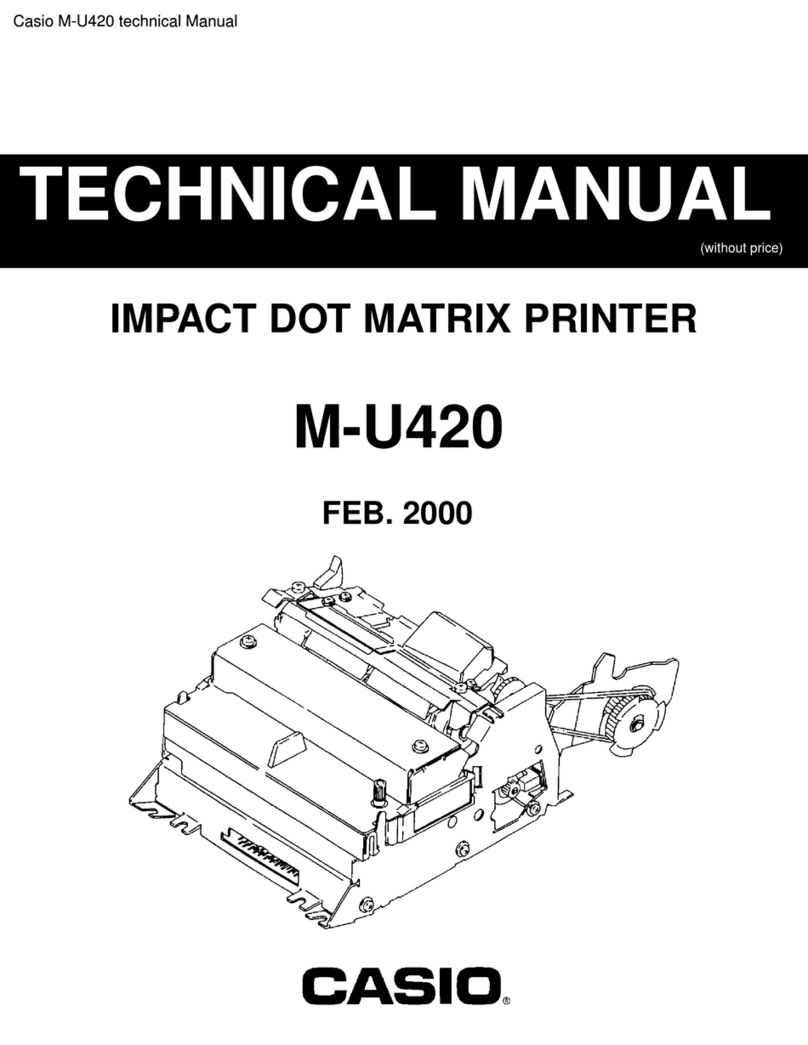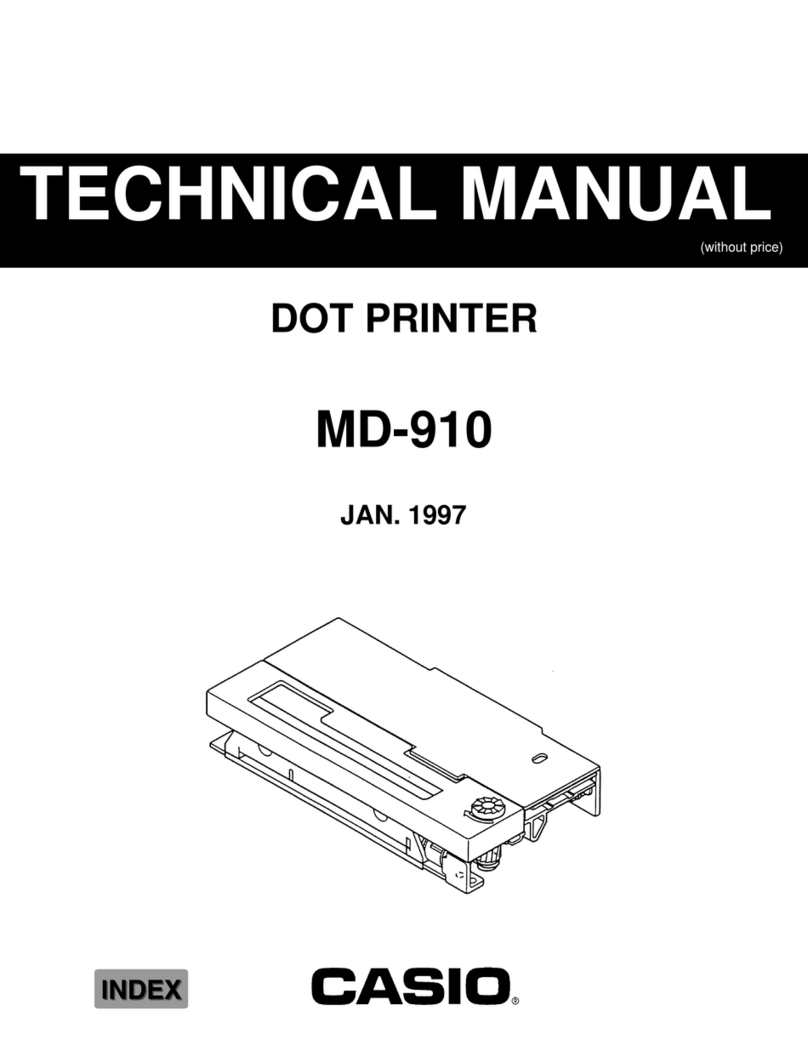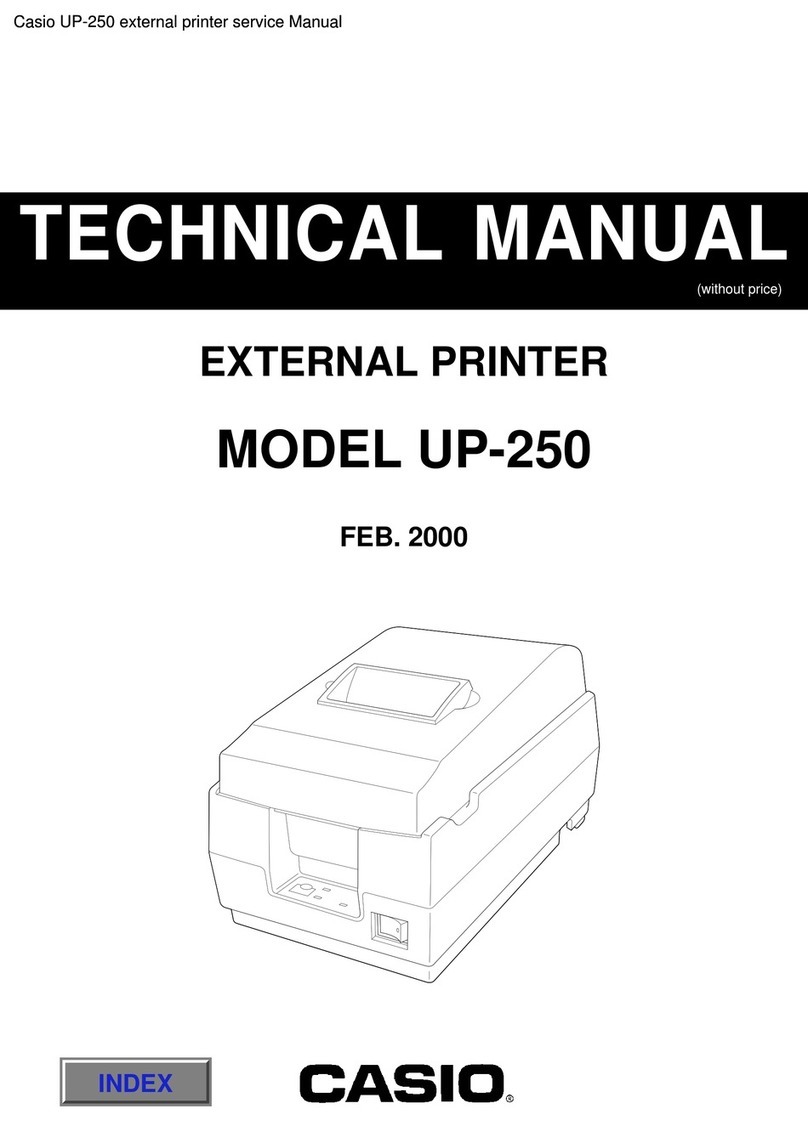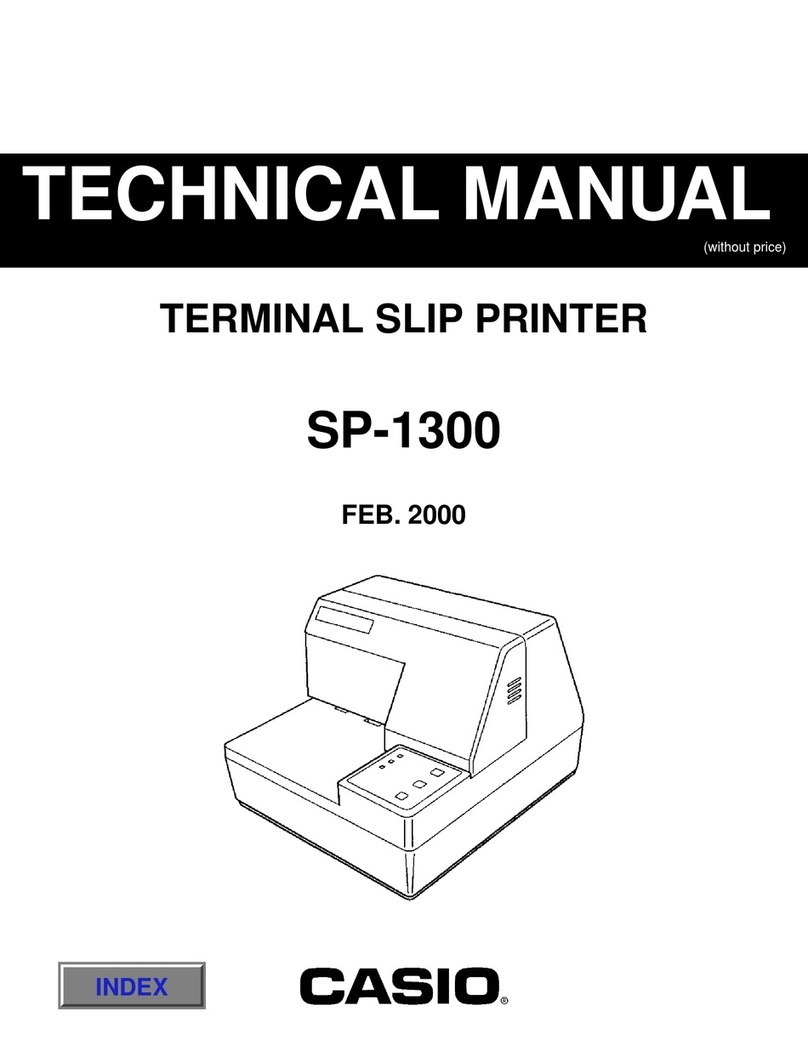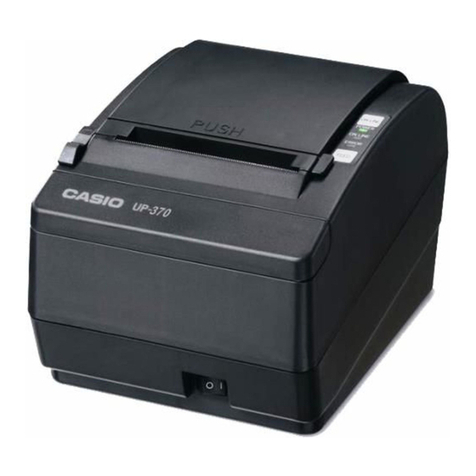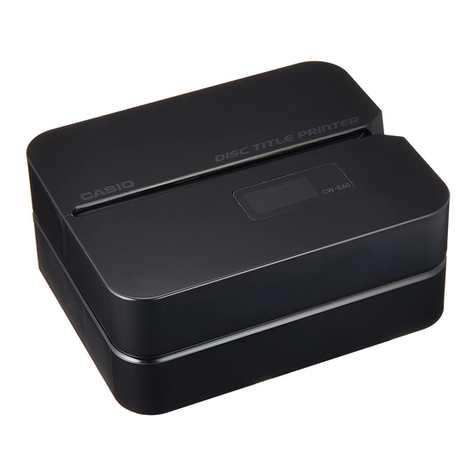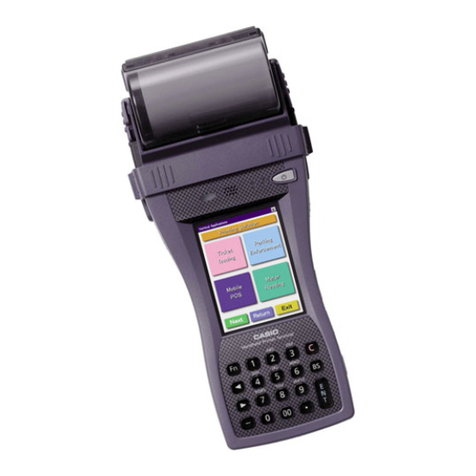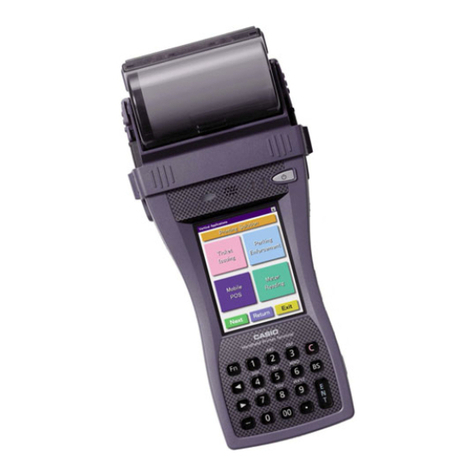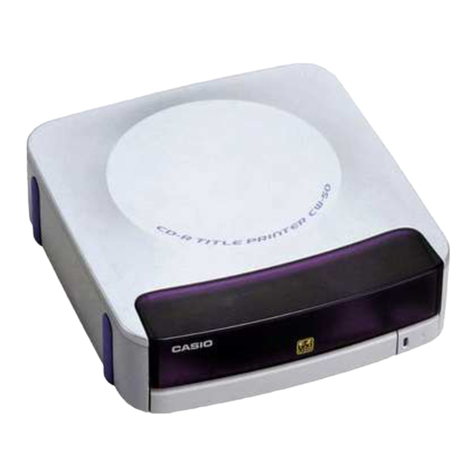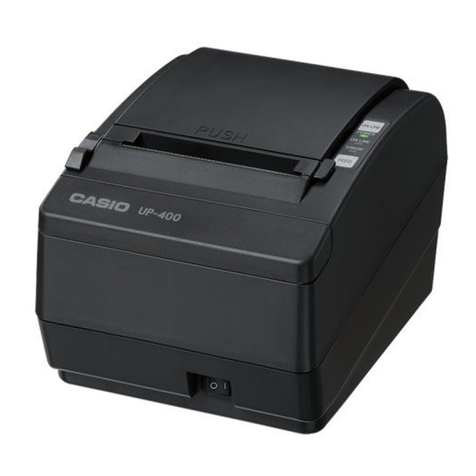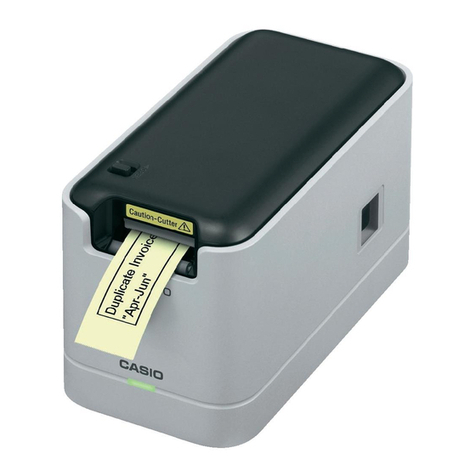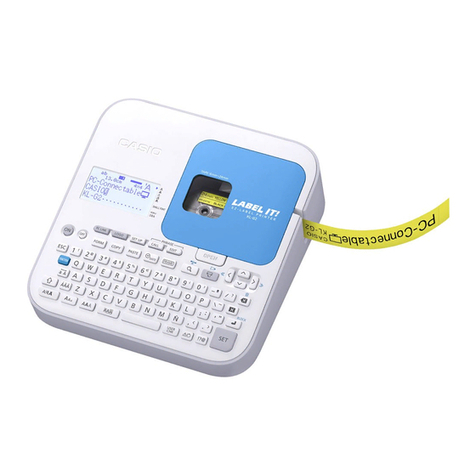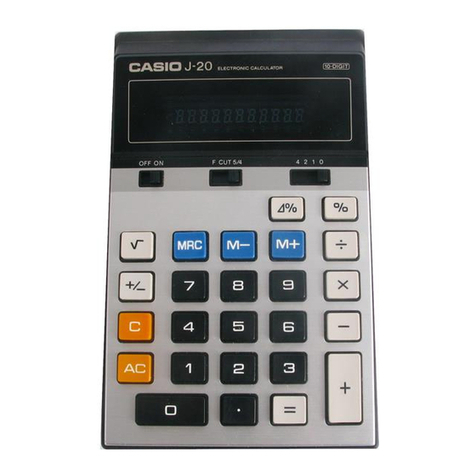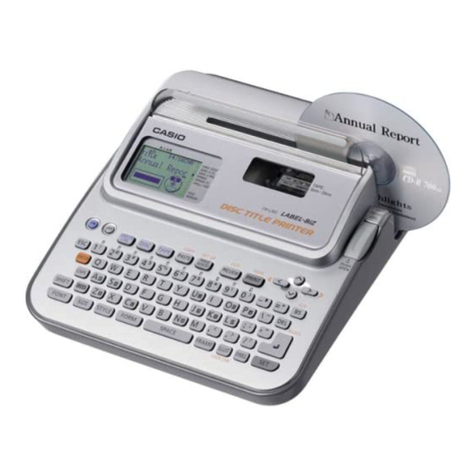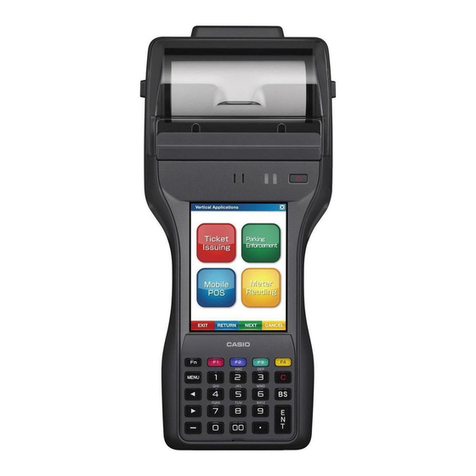
— 1 —
1. SPECIFICATIONS
1-1. PRINTING SPECIFICATION
Model NO. of Printer Mechanism: LTPF347A-C576 *1
Printing Method: Direct Line Thermal
Dot pitch: 8 dot / mm
Printing Speed: 210 mm per second (Max.)
Printing width: 72mm / 576 dots
Character structure: 8 x 16 (font B) 12 x 24 (font A)
Printing Columns: 69 columns / line 46 columns / line
Character Size: 1.00 x 2.00 1.50 x 3.00
Feed Speed: 220 mm per second
Interface: RS232C (serial)
Input buffer: 8k bytes
Command: ESC / POS compliant
Paper Width & Diameter: 80 mm (W) x 80 mm Dia. Max.
Thermal head life: 100 Million Pulses / 100 km or more
Cutting method: *2 ACUF324A
Partial cut(one point left uncut) *2
Auto cutter life: 500,000 cuts
Operating time of auto cutter: 600 msec max/cycle
Operating temperature: 0 °C ~ 40 °C
Storage temperature: -20 °C ~ 50 °C
Humidity: 80 %
Dimension: 145 mm (W) x 193.2 mm (L) x 120.1 mm (H)
Transfer speed: Max 38.4 kBps
Supply voltage in standby: 24V DC / 100mA
Mean voltage: Approx. 1.3 A *3
Power Consumption: Approx. 4 W *3
Weight: 1.1kg
*1 Manufactured by SIIP&S Inc. (Former name: Seiko Instruments Inc.)
*2 CAUTION: Paper must be fed 3 mm after cutting to prevent paper jam.
*3 ThesevaluesvaryaccordingtoenvironmentaltemperaturewhenprintedfontA(12x24)witharollingpattern.
1-2. PAPER SPECIFICATION
Paper Width: 79.5 ±0.5mm (3.13 ±0.02”)
Paper roll size: Roll diameter: Maximum 80 mm (3.15”)
Take-up paper roll width: 80 + 0.5/-1.0mm (3.15 + 0.02/-0.04”)
Specified paper: Specified thermal roll paper: NTP080-80
[Original paper:TF50KS-E2C Nippon Paper Industries Co., Ltd.]
Packaged roll paper:
[Original paper:PD160R-N (Oji Paper Mfg. Co., Ltd.)]
In Japan: Nakagawa Manufacturing Co., Ltd.
In U.S.A: Nakagawa Mfg. (U.S.A.) Inc.
In Europe: Nakagawa Mfg. (Europe) GmbH
In Southeast Asia: N.A.K. Mfg. (Malaysia) SDN BHD
*The following paper can be used instead of the paper above:
Original paper: HP220AB1 (Mitsubishi Paper Mills Ltd.)
Paper roll spool diameter: Inside 12 mm (0.47”)
Outside 18 mm (0.71”)
NOTE:The end of the paper roll must be free to come off the spool when finished. It must not be adhesively
attached or attached in another semi-permanent manner.
